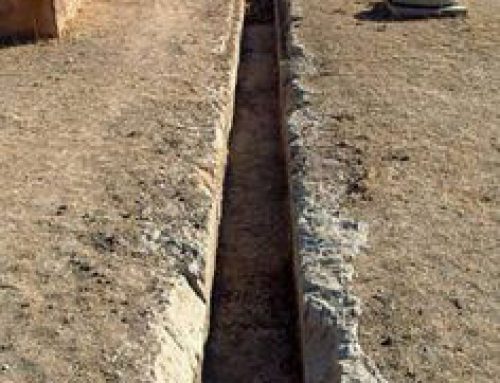
Code of Hammurabi (1700s BC) – Hammurabi of Babylon
The Babylonian Empire
About 1700 BC, there was a new king in Babylon. He pulled all the scattered cities of Mesopotamia back together into one empire. That’s the Babylonian Empire. The king’s name was Hammurabi. It’s an Amorite name, so Hammurabi probably had Amorite ancestors.
Who were the Amorites?
The Third Dynasty of Ur
The Bronze Age 3000-1000 BC
All our Mesopotamia articles
This is another episode in a regular West Asian cycle. An empire forms under a strong ruler. It gradually weakens. Finally the empire collapses into a bunch of independent city-states. Soon a new empire forms under a new ruler.
What did Hammurabi do?
Hammurabi (ham-oor-AH-bee) tried hard to do things that would bring everyone in his empire together. He wanted his subjects to all feel like they were part of this new project. One thing he did was to issue a law code. The laws would be the same for all the people in the Babylonian Empire. We call this the Code of Hammurabi, and we still have copies of it.
What’s cuneiform writing?
There is a picture of the Code of Hammurabi here. You can see Hammurabi at the top (he’s standing). He’s getting the laws from the god (he’s sitting down). Underneath Hammurabi and the god, in tiny cuneiform writing, are all the laws. These laws tell people not to kill each other, or hurt each other, or steal from each other.
After Hammurabi died
Hammurabi was a great ruler. So under Hammurabi, the Babylonian Empire was very strong. But under his children and grandchildren the empire got weaker. And eventually the Babylonian Empire collapsed like other West Asian empires.
Learn by Doing – the Code of Hammurabi
More about the Hittites
Bibliography and further reading about Hammurabi and the Babylonian Empire:
Find Out About Mesopotamia: What Life Was Like in Ancient Sumer, Babylon and Assyria, by Lorna Oakes (2004).
Ancient Mesopotamians, by Elena Gambino (2000). Retellings of Mesopotamian stories and lots of context.
Ancient Egyptians and Their Neighbors: An Activity Guide, by Marian Broida (1999). Not just Egypt! Includes activities about the Sumerians, the Babylonians, the Hittites, and the Nubians.
Babylonians, by Henry Saggs (2000). Also includes information about the Sumerians and Akkadians.
Ancient Near Eastern History and Culture, by William H. Stiebing (2002). Expensive, and hard to read, but it’s a good up to date account.




